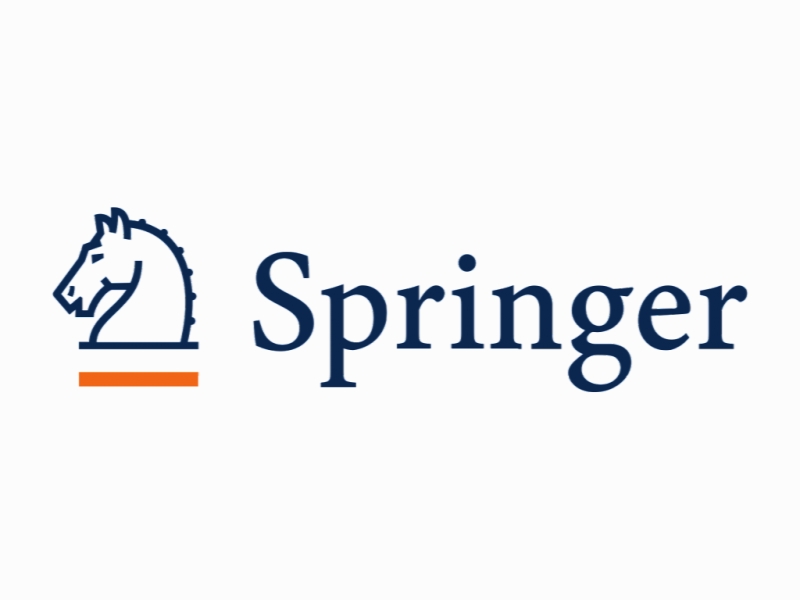ویژگی های پویای غیر خطی یک میراگر ویسکوز مایع با ارتعاش ریز Nonlinear dynamic characteristics of a micro-vibration fluid viscous damper
- نوع فایل : کتاب
- زبان : انگلیسی
- ناشر : Springer
- چاپ و سال / کشور: 2018
توضیحات
رشته های مرتبط مهندسی عمران
گرایش های مرتبط سازه و زلزله
مجله دینامیک غیرخطی – Nonlinear Dynamics
دانشگاه School of Astronautics – Harbin Institute of Technology – Harbin – China
منتشر شده در نشریه اسپرینگر
کلمات کلیدی انگلیسی Micro-vibration, Fluid viscous damper, Nonlinear damping force, Nonlinear elastic force
گرایش های مرتبط سازه و زلزله
مجله دینامیک غیرخطی – Nonlinear Dynamics
دانشگاه School of Astronautics – Harbin Institute of Technology – Harbin – China
منتشر شده در نشریه اسپرینگر
کلمات کلیدی انگلیسی Micro-vibration, Fluid viscous damper, Nonlinear damping force, Nonlinear elastic force
Description
1 Introduction When the control moment gyroscope (CMG) of a satellite is working, it produces high-frequency microvibrations that have a serious effect on imaging equipment. It is necessary to prevent micro-vibrations produced by the CMG. The typical methods for isolating micro-vibrations are passive isolation, active isolation, and hybrid isolation. Passive isolation is used widely. Commonly used passive dampers include viscoelastic material dampers [1] and fluid viscous dampers [2,3]. Active dampers include electromagnetic dampers [4– 6], and hybrid dampers include voice coil dampers [7,8]. Although active dampers and hybrid dampers perform well, they are not reliable. In addition, they need additional energy equipment and control strategies. Therefore, active dampers and hybrid dampers are not widely used in micro-vibration isolation. In contrast, passive dampers have perfect reliability and are simple structures, so they are widely used. The performance of a viscoelastic material damper is sensitive to the temperature, and the damper requires a highperformance temperature control system in a satellite. Therefore, a fluid viscous damper is a reasonable choice. A fluid viscous damper usually produces damping forces using a damping orifice or annular clearance. When fluid passes through the orifice or annular clearance, the damper produces a pressure gradient force. If the length of the orifice or annular clearance is long, it is unnecessary to consider the entrance effect of the orifice, but when the length of the orifice is short, it is necessary to consider the entrance effect. Because the structure of fluid viscous damper is simple, it is used widely in micro-vibration isolation. It was first used in the aerospace industry to isolate micro-vibrations in the Hubble telescope. This microvibration fluid viscous damper is called a D-strut and is produced by the Honeywell company [2,3]. When silicon oil passes through the orifice, there are different pressures in the two cavities. A damping force is produced because of the pressure gradient between the two cavities. Two bellows are used to provide the main stiffness. Due to the perfect viscosity–temperature characteristics of silicon oil, the D-strut has perfect performance. In recent years, there have been many studies on micro-vibration fluid viscous dampers used in satellites. Wang [9] studied the micro-vibration fluid viscous damper based on a three-parameter system, in which the harmonic balance method was used to solve nonlinear equations. Shi [10] studied a fluid viscous damper that had a bellows structure.


